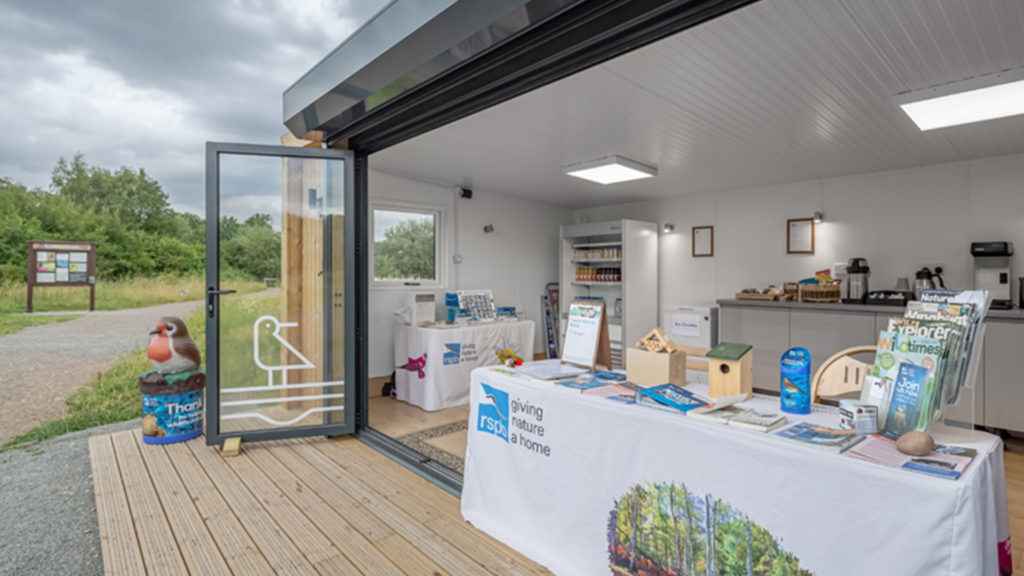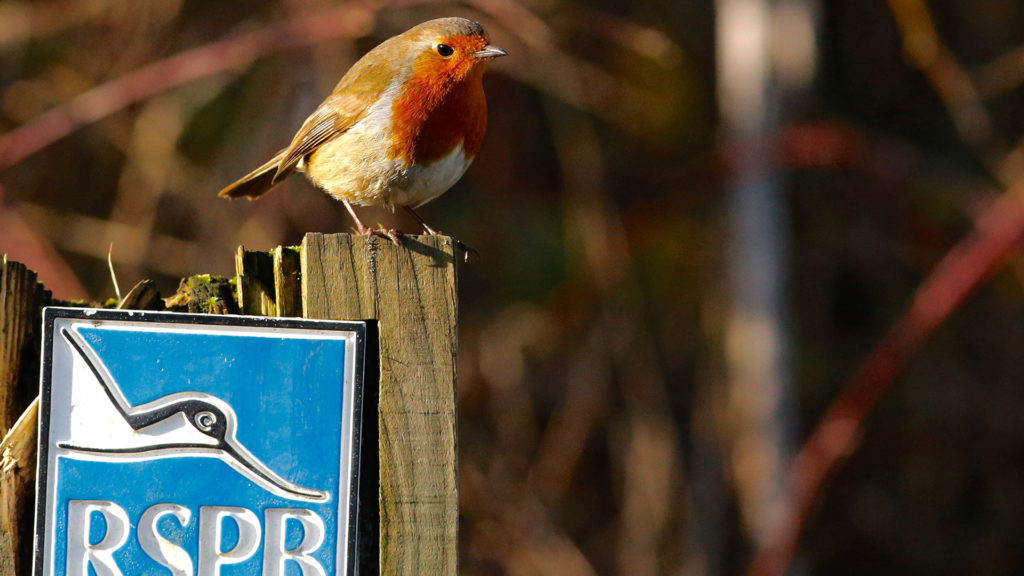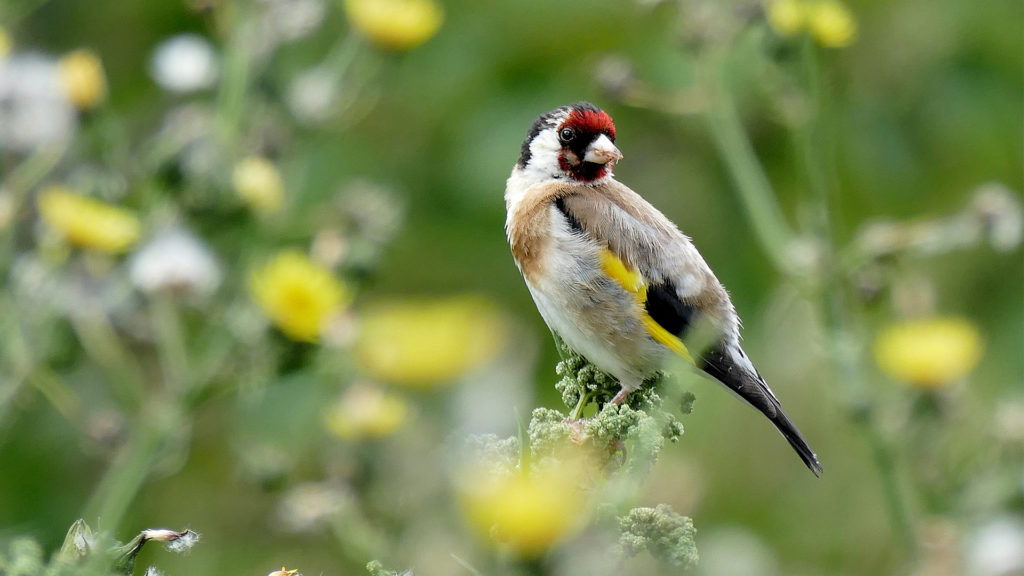Big Garden Birdwatch
Birdwatch 2020
It’s almost that time of year again, the Big Garden Birdwatch! Seasoned bird watchers will know exactly what the weekend of the 25th of January 2020 entails. If you’re new to the hobby, The Big Garden Birdwatch is a survey which takes place every year. The RSPB asks avid birdwatchers to record the birds they see in their garden for a duration of one hour. The results of the survey are considered to be an important insight into UK nature. We would highly encourage everyone to take part over the weekend of the 25th to 27th January. If you own a garden room, why not host a Big Garden Birdwatch party and get your friends round for tea and birdwatching. We couldn’t think of a better place to document to nature in your garden than from the comfort of your garden room.
Prepare your Garden for the Birds
At this time of year, human nature tells us that our bodies need a bit of extra padding to keep the cold out. The same goes for birds. Keep your bird feeder stocked with a variety of different feed for all the birds that will be visiting. Don’t forget to keep the birdbath topped up with water too!
Somewhere for birds to hide or stay out of the cold is a good idea if you want to attract birds to your garden at this time of year. Bird boxes are not only practical but can add a fun, colourful element to your garden. You could even get the kids involved and make your own bird box which you can paint how you like. The National Trust has written a great step-by-step on how to make your bird box.
Some Birds to Look Out for in January
During the winter months at the start of the year, you can expect to see a variety of birds visiting your garden. Especially if you keep your garden well stocked with bird feed and water! Expect to see common birds such as Chaffinches and Goldfinches. Robins are also a common bird that you will likely find in your garden this winter. Robins can be found all over Europe, which means that you can expect to see Robins which have migrated. If you’re struggling to identify a Robin, they can be recognised by their orange faces and breasts. If you’d like to attract Robins into your garden, try leaving food such as insects, seeds and berries for them.
A less common bird breed you may potentially spot in your garden is the Waxwing. Waxwings only visit the UK during the winter so now will be a great time to try and spot them. Waxwings are identified by their peachy feathers and contrasting black markings under their beaks. Their tales and feathers are yellow-tipped. Waxwings love berries so make sure your stock is filled with them. Keep an eye out for Fieldfares. Fieldfares are a large bird and travel in large flocks. Their tales are long and dark with a grey back. Their beaks are yellow and grey with bright ochre breasts.
Get Involved
If you’d like to get involved in the Big Garden Birdwatch, visit the RSPB online to find out how to record your findings, why the annual survey helps and more.
If you’d like to find out how The Garden Office can help you build your garden room in time for next year’s big garden birdwatch, get in touch with us below. You can also check out our environmental policy to see how The Garden Office are taking responsibility for the environment and implementing ways in which we are decreasing our impact on it.
 Back to news / blog
Back to news / blog





